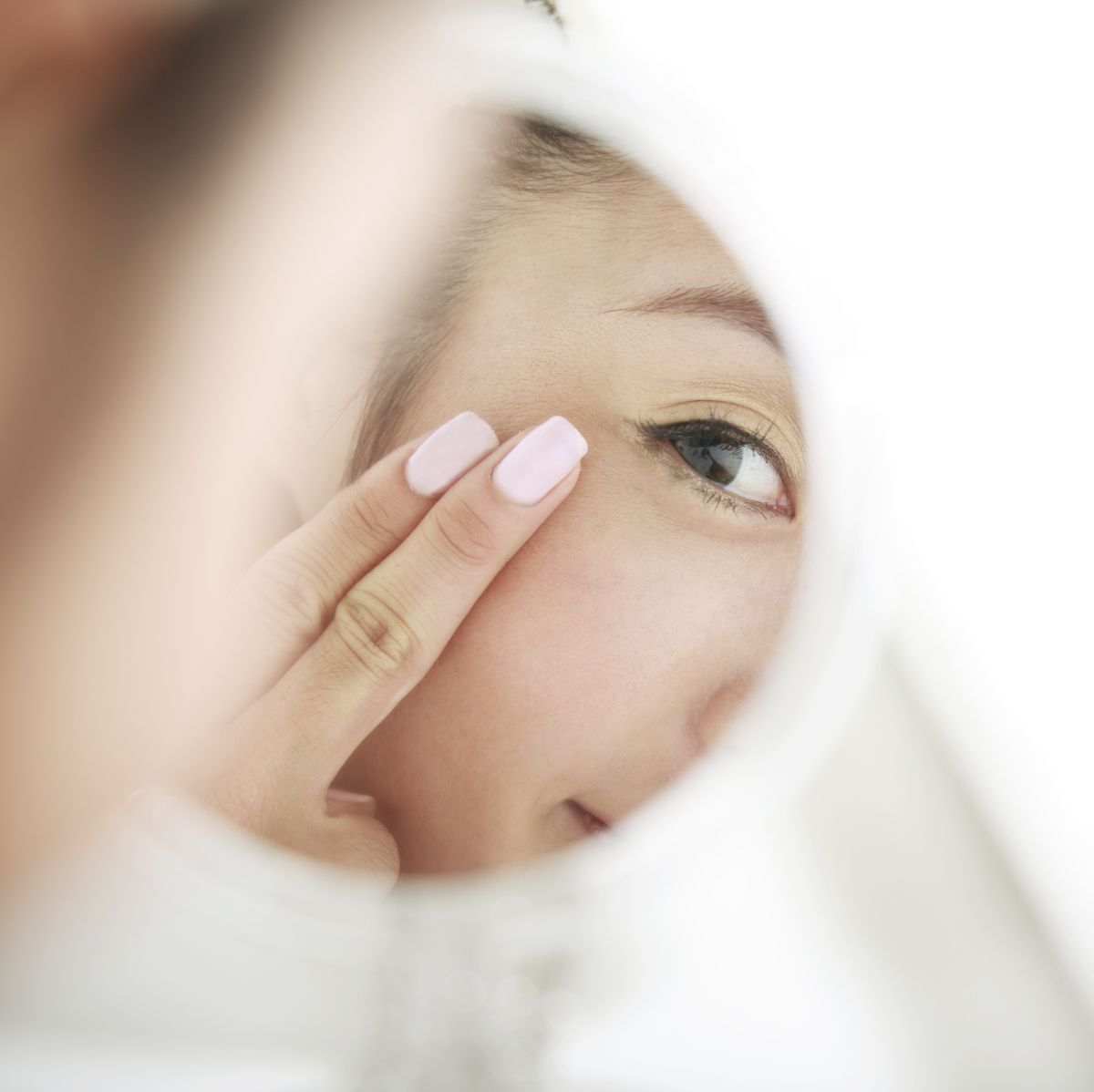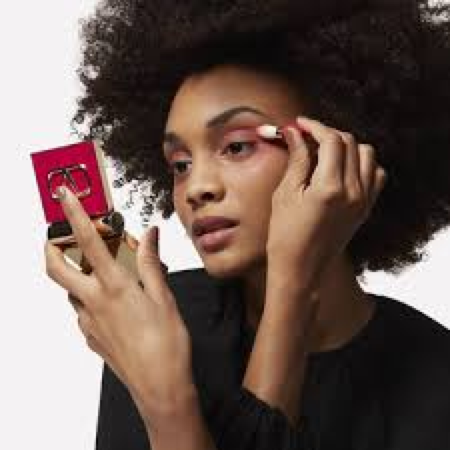The allure of a sun-kissed glow has been cherished for centuries, symbolizing health, vitality, and beauty. While spending time in the sun can help achieve a tan, it is essential to prioritize skin safety to avoid harmful consequences like sunburns and an increased risk of skin cancer. In this essay, we will explore safe and effective ways to accelerate sun tanning and achieve a beautiful tan faster without compromising skin health.

Section 1: Understanding Sun Tanning
Sun tanning occurs when the skin’s pigment, melanin, is produced in response to the skin’s exposure to ultraviolet (UV) rays from the sun. Melanin is the body’s natural defense against UV radiation, helping to absorb and disperse harmful rays. However, prolonged and unprotected exposure to the sun’s UV rays can lead to sunburn, premature aging, and skin cancer.

Section 2: Safe Tanning Practices
- Use Sunscreen:
Sunscreen is a crucial element in safe sun tanning. Choose a broad-spectrum sunscreen with an SPF of 30 or higher that protects against both UVA and UVB rays. Apply a generous amount of sunscreen to all exposed skin at least 30 minutes before sun exposure and reapply every two hours, especially after swimming or sweating.
- Gradual Exposure:
Avoid prolonged exposure to the sun, especially during peak hours when the sun’s rays are most intense (usually between 10 am and 4 pm). Instead, start with short periods of sun exposure and gradually increase the time to allow your skin to build melanin gradually.
- Seek Shade:
Take breaks from direct sun exposure by seeking shade under umbrellas, trees, or canopies. This not only reduces the risk of sunburn but also allows your skin to recover and maintain its natural moisture.
- Protect Your Eyes:
Don’t forget to protect your eyes from harmful UV rays. Wear sunglasses with UV protection to shield your eyes from potential damage.

Section 3: Hydration and Skin Care
- Stay Hydrated:
Drinking plenty of water is essential during sun tanning to keep your skin hydrated and prevent dehydration. Proper hydration enhances your skin’s ability to tan more evenly and maintain its elasticity.
- Moisturize Your Skin:
Regularly moisturize your skin, especially after sun exposure or bathing. Hydrated skin is more receptive to tanning and is less likely to peel or become dry.
- Exfoliation:
Exfoliate your skin before sun tanning to remove dead skin cells and achieve a more even tan. However, avoid exfoliating too frequently, as it can lead to skin sensitivity.

Section 4: Tanning Enhancers
- Tan-Enhancing Lotions:
Using tan-enhancing lotions or oils can boost your skin’s ability to absorb UV rays and accelerate the tanning process. Look for products with natural ingredients like aloe vera, coconut oil, or walnut extract, which nourish and protect the skin.
- Tan-Accelerating Foods:
Certain foods, like fruits and vegetables rich in beta-carotene, can help prepare your skin for tanning. Beta-carotene is a pigment found in plants that can give your skin a subtle golden hue. Foods like carrots, sweet potatoes, and spinach are excellent sources of beta-carotene.

Section 5: After-Sun Care
- Cool Showers:
After sun tanning, take a cool shower to soothe your skin and rinse away any residue. Avoid hot showers, as they can further dehydrate your skin and cause irritation.
- Moisturize and Soothe:
Apply an after-sun lotion or aloe vera gel to calm your skin and prevent dryness. Aloe vera has natural anti-inflammatory properties that can help soothe sun-exposed skin.

Conclusion:
Achieving a tan in the sun faster can be a delightful experience if done safely and responsibly. By following these guidelines, you can accelerate the tanning process while protecting your skin from harmful UV rays. Remember that moderation and precaution are essential, and it’s crucial to prioritize your skin’s health over the desire for a tan. A sun-kissed glow can undoubtedly be beautiful, but ensuring skin safety should always be the primary concern while tanning in the sun.






